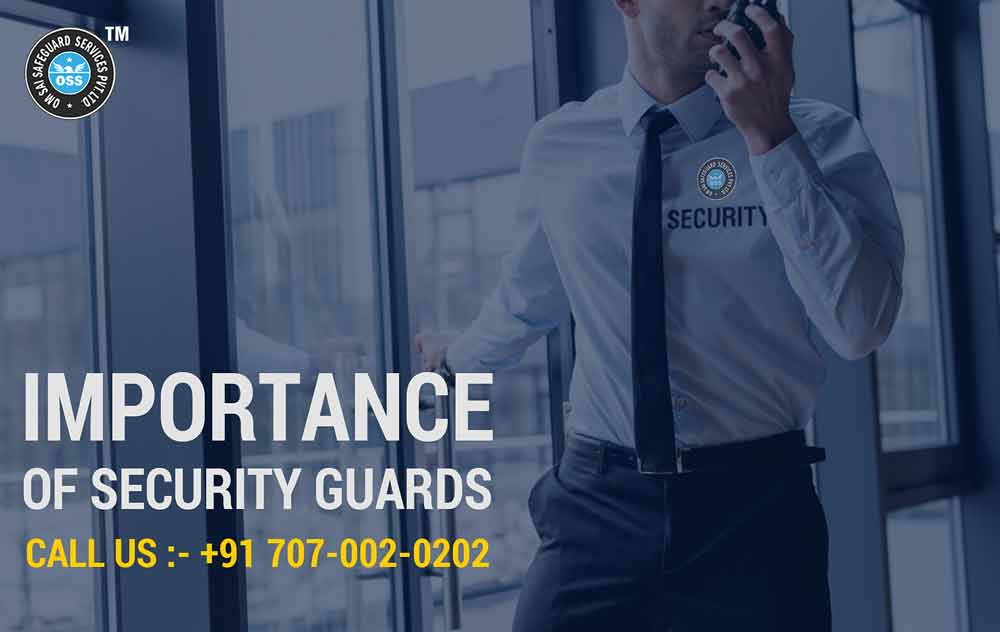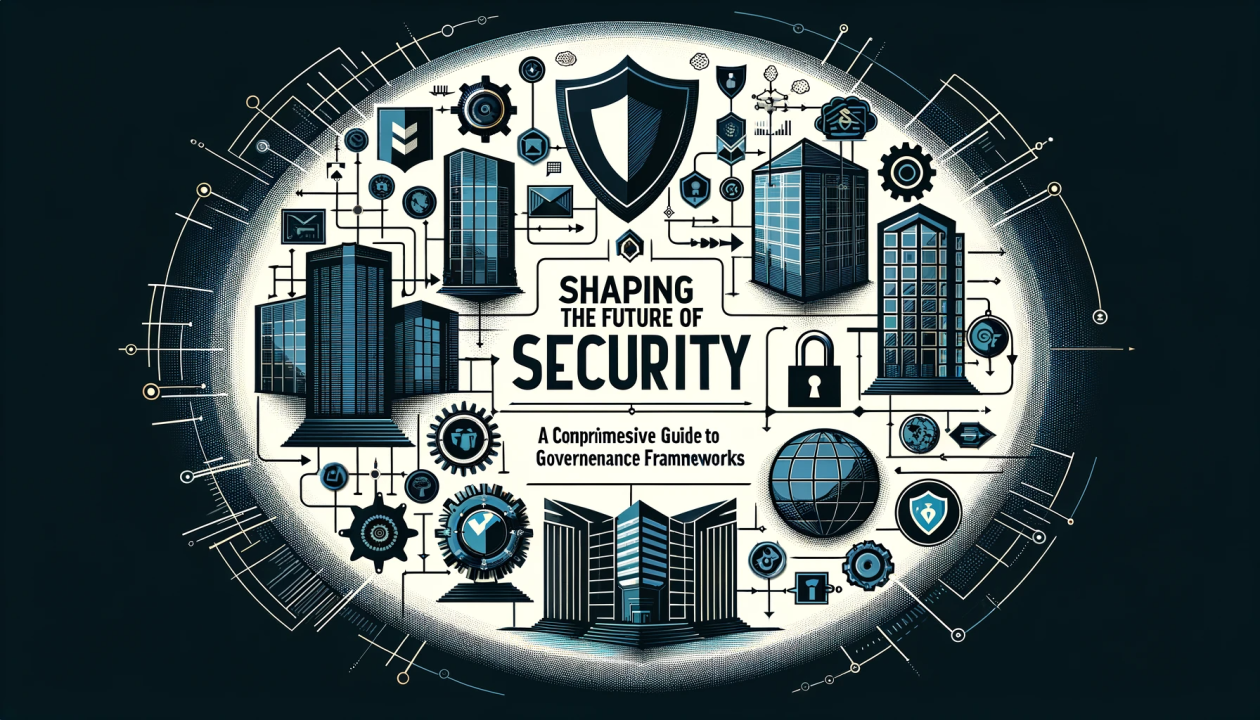From Cybersecurity to Physical Actions: Enhancing Business Safety And Security in a Transforming World
In today's rapidly advancing electronic landscape, the importance of company safety and security can not be overemphasized. As cyber dangers become common and increasingly advanced, companies should go beyond standard cybersecurity procedures to guard their procedures and possessions - corporate security. This is where the combination of physical protection measures ends up being important. By combining the staminas of both cybersecurity and physical protection, companies can create a detailed defense approach that deals with the varied range of threats they deal with. In this conversation, we will discover the changing risk landscape, the requirement to integrate cybersecurity and physical security, the implementation of multi-factor authentication procedures, the relevance of worker understanding and training, and the adjustment of protection measures for remote labor forces. By checking out these vital areas, we will certainly acquire useful understandings right into just how organizations can enhance their business safety in an ever-changing world.
Recognizing the Transforming Risk Landscape
The advancing nature of the modern-day globe requires a detailed understanding of the transforming hazard landscape for efficient corporate safety. It is crucial for organizations to remain educated and adapt their safety and security determines to attend to these evolving risks.
One trick element of recognizing the altering hazard landscape is acknowledging the various sorts of risks that companies face. Cybercriminals are regularly creating brand-new techniques to exploit susceptabilities in computer system systems and networks. These hazards can range from malware and ransomware attacks to phishing frauds and social design techniques. In addition, physical dangers such as theft, vandalism, and business espionage stay widespread issues for companies.
Surveillance and assessing the risk landscape is essential in order to identify prospective dangers and susceptabilities. This includes staying upgraded on the most recent cybersecurity fads, examining risk intelligence reports, and performing routine risk analyses. By recognizing the altering risk landscape, companies can proactively apply ideal protection procedures to reduce threats and safeguard their possessions, credibility, and stakeholders.
Integrating Cybersecurity and Physical Security
Integrating cybersecurity and physical safety is vital for detailed corporate security in today's digital and interconnected landscape. As companies increasingly rely upon innovation and interconnected systems, the boundaries in between physical and cyber threats are coming to be blurred. To efficiently guard against these threats, an all natural technique that combines both cybersecurity and physical safety and security measures is necessary.
Cybersecurity focuses on securing digital possessions, such as information, networks, and systems, from unapproved access, interruption, and burglary. Physical protection, on the various other hand, encompasses actions to safeguard physical possessions, people, and centers from risks and susceptabilities. By integrating these two domain names, companies can address vulnerabilities and hazards from both physical and digital angles, thus improving their general protection posture.
The integration of these 2 techniques permits a more detailed understanding of security risks and enables a unified action to incidents. Physical gain access to controls can be improved by integrating them with cybersecurity methods, such as two-factor verification or biometric recognition. Cybersecurity actions can be enhanced by physical security measures, such as security electronic cameras, alarm systems, and safe and secure gain access to points.

Carrying Out Multi-Factor Verification Procedures
As companies increasingly prioritize detailed security steps, one effective technique is the implementation of multi-factor authentication steps. Multi-factor verification (MFA) is a safety approach that requires individuals to give multiple kinds of recognition to access a system or application. This technique includes an extra layer of security by integrating something the customer recognizes, such as a password, with something they have, like a fingerprint or a safety token.
By applying MFA, organizations can substantially boost their security position - corporate security. Typical password-based authentication has its restrictions, as passwords can be quickly jeopardized or neglected. MFA mitigates these dangers by adding an extra verification variable, making it more challenging for unauthorized individuals to get to delicate info
There are a number of kinds of multi-factor verification methods available, including biometric authentication, SMS-based confirmation codes, and hardware tokens. Organizations require to assess their specific requirements and choose the most appropriate MFA solution for their demands.
However, the implementation of MFA should be carefully intended and executed. It is important to strike a balance between security and use to avoid individual aggravation and resistance. Organizations needs to also consider potential compatibility concerns and supply sufficient training and page assistance to make sure a smooth change.
Enhancing Worker Awareness and Training
To enhance business security, companies should focus on boosting employee recognition and training. In today's quickly developing hazard landscape, staff members play a vital role in guarding an organization's delicate information and properties. Regrettably, many protection violations occur because of human mistake or lack of understanding. As a result, companies need to spend in detailed training programs to educate their workers concerning possible dangers and the finest methods for mitigating them.
Reliable employee awareness and training programs ought to cover a large variety of subjects, consisting of information protection, phishing attacks, social design, password hygiene, and physical security steps. These programs ought to be customized to the particular requirements and duties of different employee duties within the organization. Regular training sessions, simulations, and workshops can help employees develop the required skills and knowledge to identify and respond to safety and security risks effectively.
Additionally, organizations should urge a society of safety awareness and provide recurring updates and reminders to keep staff members notified about the current hazards and mitigation strategies. This can be done through internal communication channels, such as e-newsletters, intranet portals, and e-mail campaigns. By promoting a security-conscious workforce, companies can significantly reduce the chance of safety incidents and shield their important assets from unapproved gain access to or compromise.

Adapting Protection Measures for Remote Workforce
Adapting company safety and security procedures to suit a remote labor force is vital in ensuring the security of sensitive info and properties (corporate security). With the raising trend of remote job, companies have to apply appropriate safety actions to minimize the threats linked with this brand-new way of working
One vital element of adapting safety procedures for remote work is developing secure communication channels. Encrypted messaging systems and digital exclusive networks (VPNs) can assist secure delicate information and protect against unauthorized access. In addition, companies need to apply using solid passwords and multi-factor verification to enhance the security of remote accessibility.
One more essential consideration is the implementation of safe and secure remote gain access to services. This involves offering employees with safe and secure accessibility to business resources and information via online desktop framework (VDI), remote desktop procedures (RDP), or cloud-based solutions. These innovations guarantee that sensitive info continues to be secured while enabling staff members to do their duties successfully.

Last but not least, comprehensive safety and security awareness training is critical for remote employees. Training sessions ought to cover finest practices for safely accessing and managing delicate details, recognizing and reporting phishing efforts, and keeping the total cybersecurity health.
Final Thought
In verdict, as the hazard landscape proceeds to develop, it is essential for organizations to reinforce their protection determines both in the cyber and physical domains. Incorporating cybersecurity and physical safety, executing multi-factor verification steps, and enhancing staff member understanding and training are important steps in the direction of accomplishing robust business safety and security.
In this conversation, we will certainly explore the transforming risk landscape, the need to incorporate cybersecurity and physical security, the implementation of multi-factor verification measures, the relevance of employee recognition and training, and the adjustment of safety and security actions for remote workforces. Cybersecurity actions can be complemented by physical safety and security measures, such as monitoring cams, alarms, and protected access points.
As companies increasingly prioritize comprehensive safety and security steps, one reliable technique is the application of multi-factor verification steps.In final browse this site thought, as the threat landscape continues to advance, it is important for companies to enhance their security measures both in the cyber and physical domains. Integrating cybersecurity and physical safety and security, executing multi-factor authentication measures, and improving employee understanding and training are crucial steps towards achieving durable business safety.